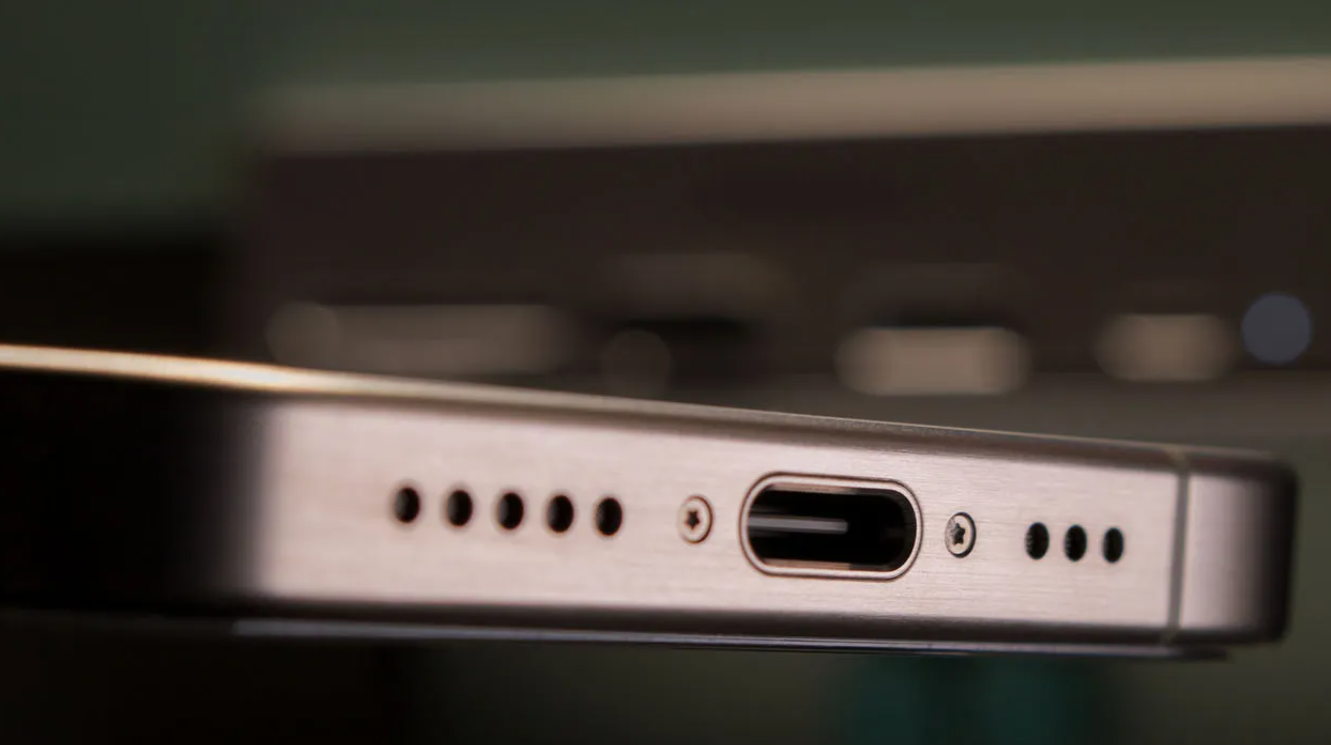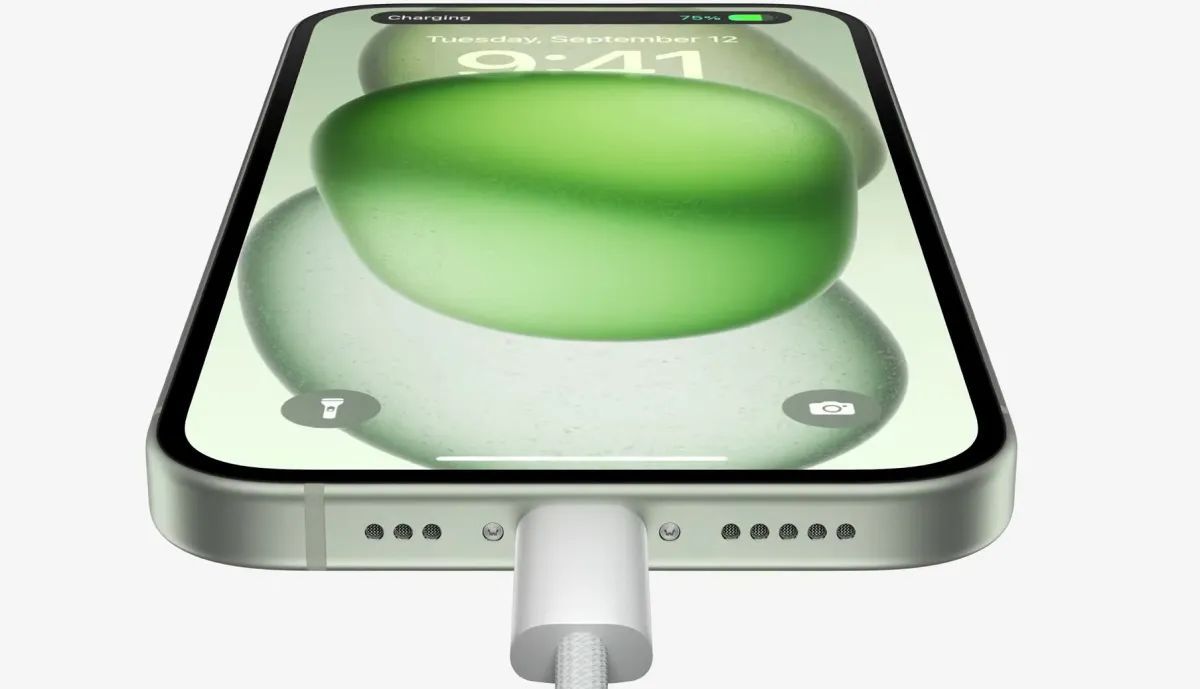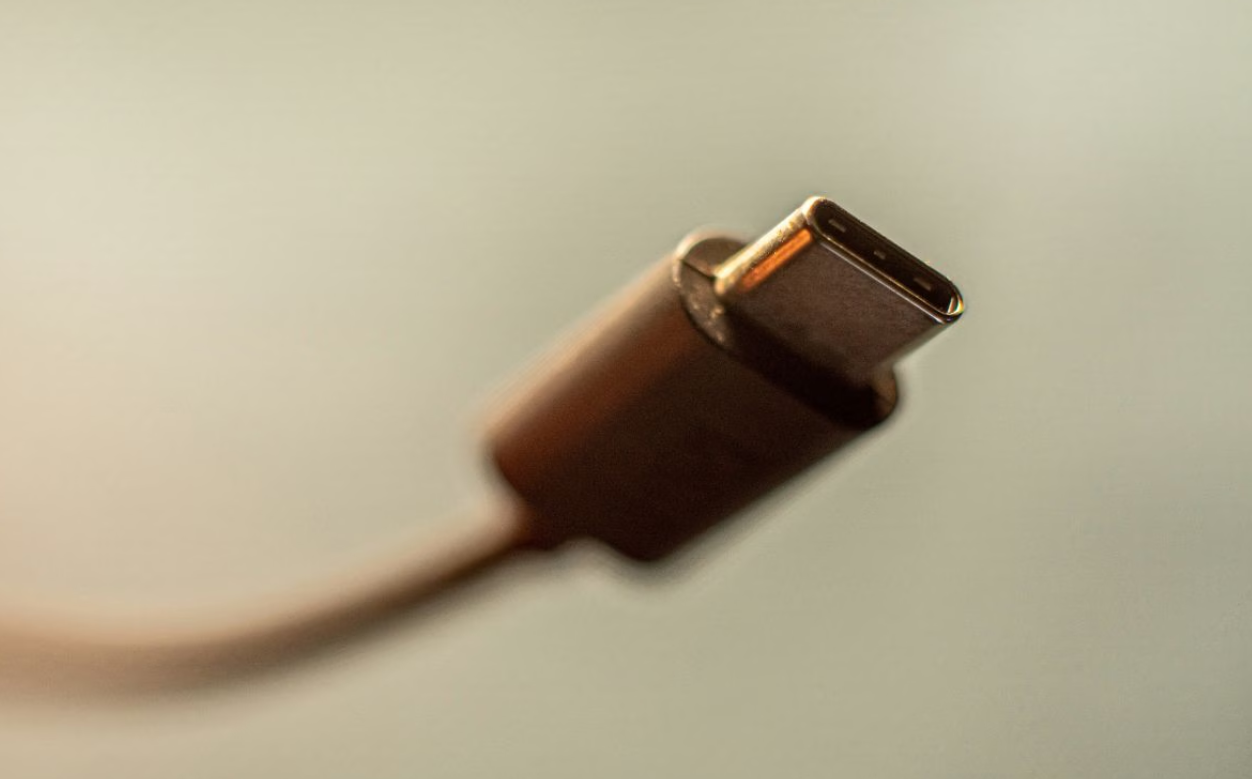Highlights
- All new smartphones and tablets in India must use USB-C ports starting June 2024.
- Laptops to comply with USB-C standardization by 2026.
- Basic phones, headphones, and smartwatches are currently exempt from the mandate.
- The move aims to reduce electronic waste and simplify charging for consumers.
India is in the process of enforcing a new regulation: from June 2024, all new smartphones and tablets will have to use a USB-C charging port.
The move—targeted at making life easier for consumers and reducing electronic waste—has been partly among the reasons Apple was forced to change to USB-C on most devices from its proprietary Lighting connector.
“This is a customer-centric and environmentally conscious move that reduces e-waste. With a single charger and cable, consumers can conveniently power multiple devices, reducing the hassle of carrying separate chargers. This uniform standard also streamlines service and repair processes for companies, eliminating complications arising from diverse charging interfaces,” said Muralikrishnan B, president, Xiaomi India.
“This step was long overdue. It was being discussed at the highest level internationally for more than a decade. It is a matter of relief that all mobile manufacturers have agreed to have a uniform mobile charger,” said Ashim Sanyal, CEO of Consumer VOICE, a non-government organization.
“Currently, devices use various charging ports, requiring separate chargers for each, making management and maintenance problematic. The government’s move will reduce the need to produce excessive chargers and cables, addressing environmental concerns about recycling,” said Dr. Suneel Pandey, director of circular economy and waste management at The Energy and Resources Institute (TERI).
What’s About to Change

It has ordered the Union IT ministry to direct device manufacturers for standardisation of charging ports.
Use of a common charger will be mandatorily applicable on laptops from 2026.
Basic phones, headphones, smartwatches are not part of the mandate as of now.
The step is in line with a similar regulation that was imposed by the European Union last year in 2022.

India is giving the manufacturers six more months than the timeline set by the European Union.
The Ministry of Consumer Affairs has made the use of Type-C ports for all devices mandatory.
Non-compliance will attract penalties.
Though the base phones are out of the ambit of this transition, the manufacturers have the choice of introducing USB-C ports if they so desire.
Why USB-C?

USB-C is reversible, hence much more user-friendly.
The consumer would stand to gain from standardization in that multiple chargers are eliminated and electronic clutter would be significantly reduced.
This could also help manufacturers in reducing the number of version variations in their products required for various regions and thus streamline their supply chains.
This would work well for the environment and likely eliminate many of the chargers that end up as e-waste.
Of course, this isn’t new in terms of standardization and has already got approval from big companies like Apple, which moved to USB Type-C ports for its recently launched iPhone 15 series, leaving the firm’s proprietary lightning port.
USB-C cables charge and transfer data faster than lightning cables.
However, some manufacturers, like Apple, have limited this high speed only to their premium models.
So is this a dawn of a new era for electronics in India?
The implementation of this regulation does represent a shift towards a more unified approach to device charging in India, aligning with global efforts to enhance consumer convenience and address environmental concerns.
FAQs
What devices are affected by the new USB-C regulation in India?
The new regulation applies to all new smartphones and tablets, requiring them to use USB-C charging ports starting from June 2024.
Laptops will need to comply by 2026, but basic phones, headphones, and smartwatches are exempt.
Why is India implementing USB-C standardization for charging ports?
The regulation aims to simplify charging for consumers, reduce the need for multiple chargers, decrease electronic waste, and align with global standards like those introduced by the European Union.
How will this regulation impact Apple products in India?
Apple has already begun transitioning to USB-C ports for its products, such as the iPhone 15 series, moving away from its proprietary lightning connector to comply with global and now Indian regulations.
Are manufacturers penalized for not complying with the USB-C mandate?
Yes, non-compliance with the USB-C charging port regulation may result in penalties, as recommended by the Consumer Affairs Ministry.
Also Read: Embracing the Future: iPhone 15’s Smooth Transition to USB-C
Also Read: 10 Benefits the USB Type-C will bring to the iPhone 15 Series
